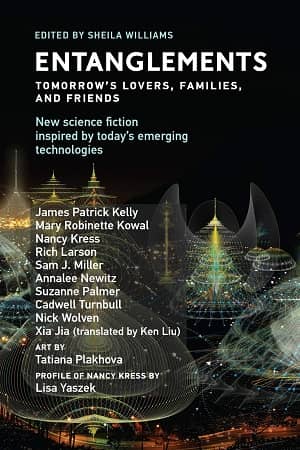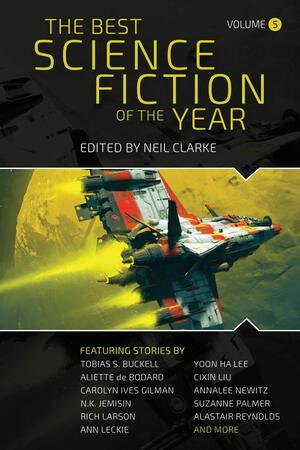 The 2020 pandemic has thrown a wrench into publishing schedules this year, and no mistake. Seems like less than half the books I was looking forward to this summer appeared at all. So I’m relieved to see that this year’s class of Year’s Best anthologies — edited by Rich Horton, Jonathan Strahan, Paula Guran, John Joseph Adams, and others — are still in the pipeline. A little delayed maybe, but none the worse for wear.
The 2020 pandemic has thrown a wrench into publishing schedules this year, and no mistake. Seems like less than half the books I was looking forward to this summer appeared at all. So I’m relieved to see that this year’s class of Year’s Best anthologies — edited by Rich Horton, Jonathan Strahan, Paula Guran, John Joseph Adams, and others — are still in the pipeline. A little delayed maybe, but none the worse for wear.
Jonathan’s volume arrived on Sept 8; next on the docket is Neil Clarke’s The Best Science Fiction of the Year: Volume Five, which will be published by Night Shade Press late next month. It contains fiction by N.K. Jemisin, Cixin Liu, Tobias S. Buckell, Gwyneth Jones, Dominica Phetteplace, Alastair Reynolds, Vandana Singh, Ann Leckie, Annalee Newitz, Alec Nevala-Lee, Aliette de Bodard, Carolyn Ives Gilman, Yoon Ha Lee, Indrapramit Das, A.T. Greenblatt, and many others. Here’s the description.
From Hugo Award-Winning Editor Neil Clarke, the Best Science Fiction Stories of the Year Collected in a Single Paperback Volume
Keeping up-to-date with the most buzzworthy and cutting-edge science fiction requires sifting through countless magazines, e-zines, websites, blogs, original anthologies, single-author collections, and more — a task that can be accomplished by only the most determined and voracious readers. For everyone else, Night Shade Books is proud to present the latest volume of The Best Science Fiction of the Year, a yearly anthology compiled by Hugo and World Fantasy Award–winning editor Neil Clarke, collecting the finest that the genre has to offer, from the biggest names in the field to the most exciting new writers.
The best science fiction scrutinizes our culture and politics, examines the limits of the human condition, and zooms across galaxies at faster-than-light speeds, moving from the very near future to the far-flung worlds of tomorrow in the space of a single sentence. Clarke, publisher and editor-in-chief of the acclaimed and award-winning magazine Clarkesworld, has selected the short science fiction (and only science fiction) best representing the previous year’s writing, showcasing the talent, variety, and awesome “sensawunda” that the genre has to offer.
Here’s the complete Table of Contents.
…
Read More Read More
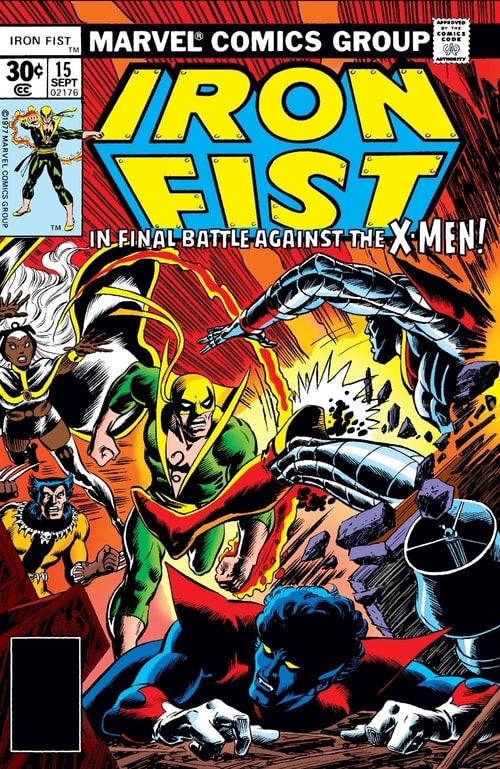
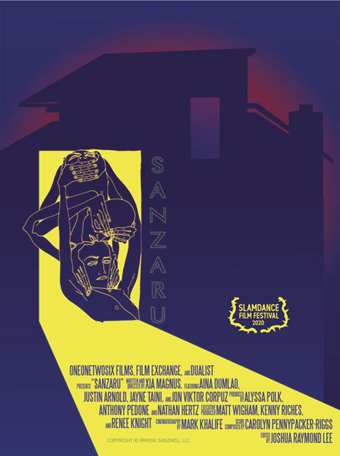 The Japanese image of the three wise monkeys is as early as the 16th century: one monkey with hands over eyes, the next with hands over ears, the third with hands over mouth. See no evil, hear no evil, speak no evil; thus the monkeys’ names, Mizaru, Kikazaru, and Iwazaru, ‘not-seeing,’ ‘not-hearing,’ and ‘not-speaking.’ There’s a pun in Japanase on zaru, not, and saru, monkey, so collectively the trio’s simply ‘three monkeys,’ or sanzaru.
The Japanese image of the three wise monkeys is as early as the 16th century: one monkey with hands over eyes, the next with hands over ears, the third with hands over mouth. See no evil, hear no evil, speak no evil; thus the monkeys’ names, Mizaru, Kikazaru, and Iwazaru, ‘not-seeing,’ ‘not-hearing,’ and ‘not-speaking.’ There’s a pun in Japanase on zaru, not, and saru, monkey, so collectively the trio’s simply ‘three monkeys,’ or sanzaru.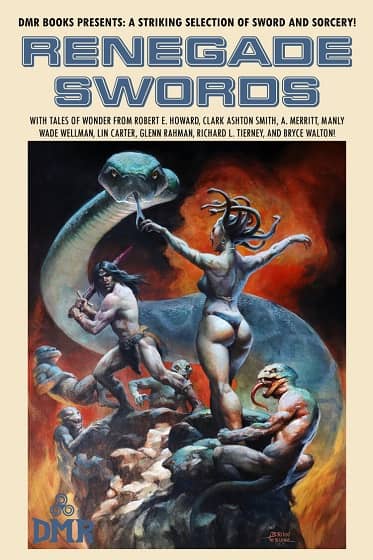
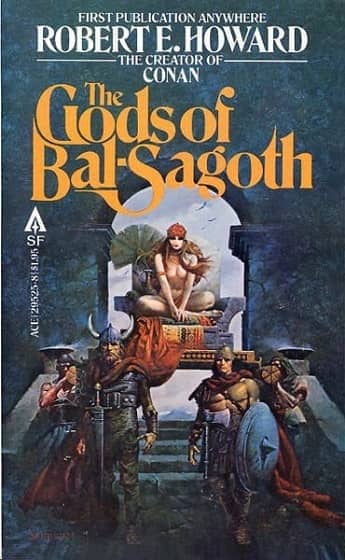
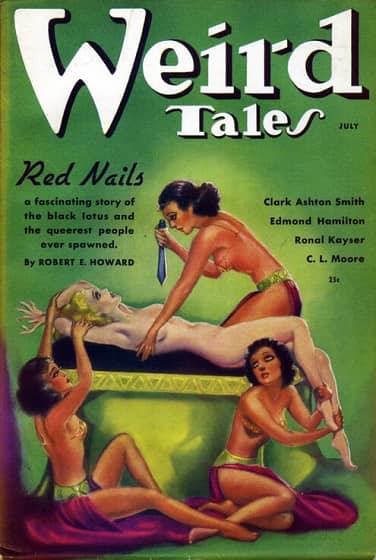
 By Day 10 of Fantasia I’d started to skip the panels and special presentations. They all looked interesting to greater or lesser degrees, but while the movies were only available while the festival was still going on, the panels would stay up afterward. Still, Day 10 was an exception, with my schedule free for a panel I was particularly interested in: “New York State Of Horror,” hosted by author Michael Gingold. It took a look at how and when New York City became a setting for horror films — something unusual in the early decades of filmmaking, when horror was typically set in ancient European locales. King Kong (1933) was an obvious exception, but Gingold observed that Rosemary’s Baby was the real trail-blazer for New York horror stories in film, followed in the 70s and 80s by more tales of urban terror. It was a good discussion, with contributions from directors Bill Lustig and Larry Fessenden (
By Day 10 of Fantasia I’d started to skip the panels and special presentations. They all looked interesting to greater or lesser degrees, but while the movies were only available while the festival was still going on, the panels would stay up afterward. Still, Day 10 was an exception, with my schedule free for a panel I was particularly interested in: “New York State Of Horror,” hosted by author Michael Gingold. It took a look at how and when New York City became a setting for horror films — something unusual in the early decades of filmmaking, when horror was typically set in ancient European locales. King Kong (1933) was an obvious exception, but Gingold observed that Rosemary’s Baby was the real trail-blazer for New York horror stories in film, followed in the 70s and 80s by more tales of urban terror. It was a good discussion, with contributions from directors Bill Lustig and Larry Fessenden (
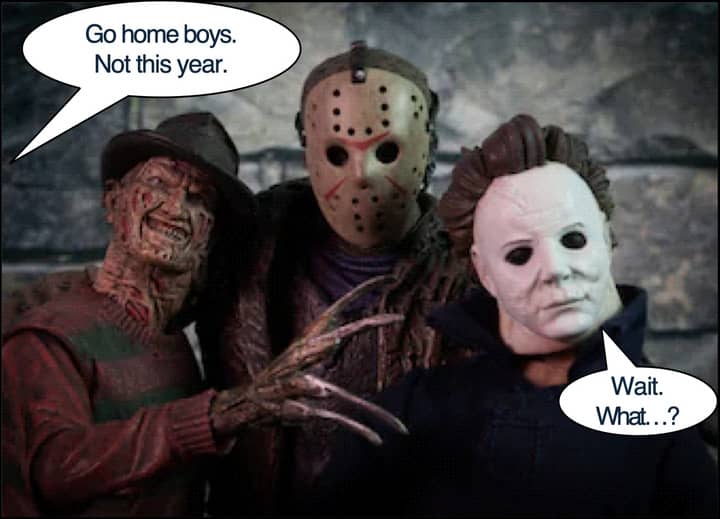
 ‘Weird’ is less of a concrete descriptor than might at first appear. There are multiple subcategories of weird, and different things called weird can produce very different experiences. This is especially so when a work of weirdness mixes different weird things.
‘Weird’ is less of a concrete descriptor than might at first appear. There are multiple subcategories of weird, and different things called weird can produce very different experiences. This is especially so when a work of weirdness mixes different weird things.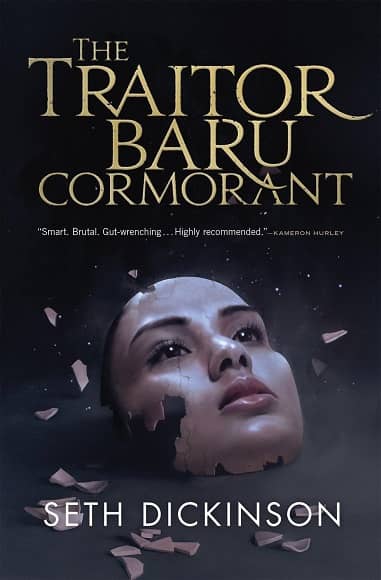
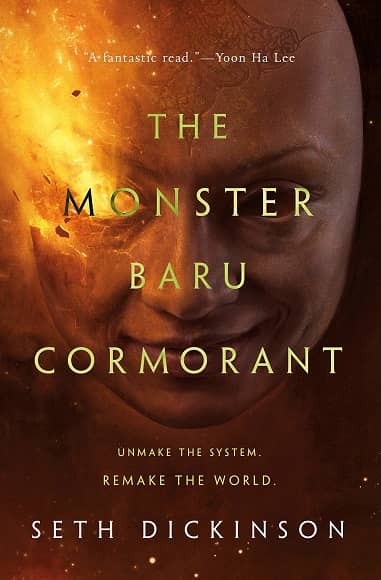
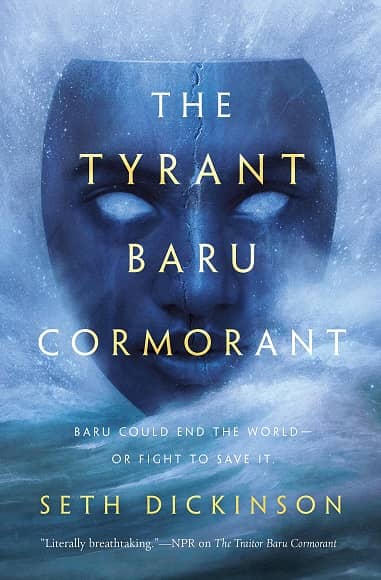
 One of the fascinating things about art is the way it speaks to its exact moment. That’s even more fascinating with film, which has such a long gestation time; write a movie, shoot the movie, then edit the movie and work on it in postproduction, and it’ll come out years after it was conceived. Which is why it was fascinating to see so many films at this year’s Fantasia that revolved around haunted houses. Occasionally the haunted building might be something like a school (as in
One of the fascinating things about art is the way it speaks to its exact moment. That’s even more fascinating with film, which has such a long gestation time; write a movie, shoot the movie, then edit the movie and work on it in postproduction, and it’ll come out years after it was conceived. Which is why it was fascinating to see so many films at this year’s Fantasia that revolved around haunted houses. Occasionally the haunted building might be something like a school (as in 